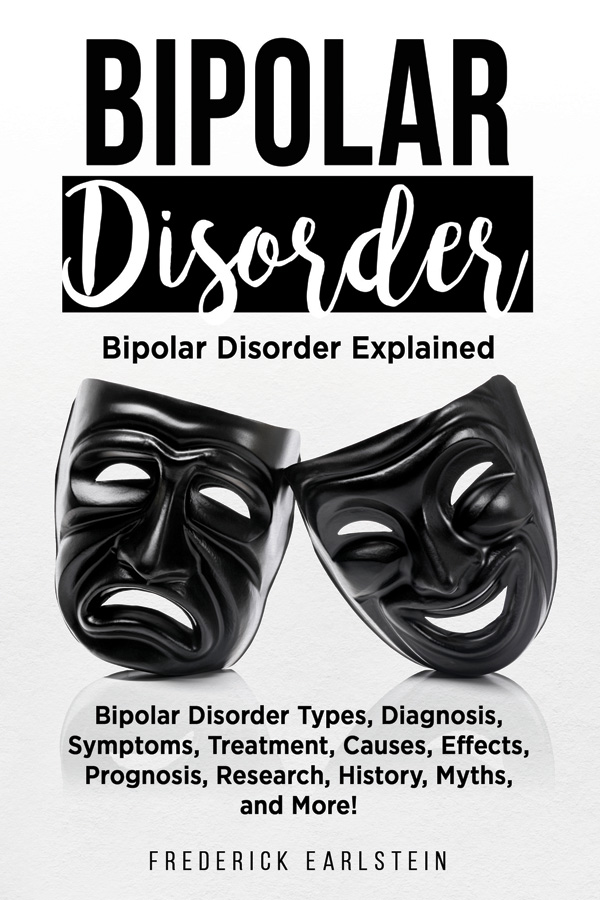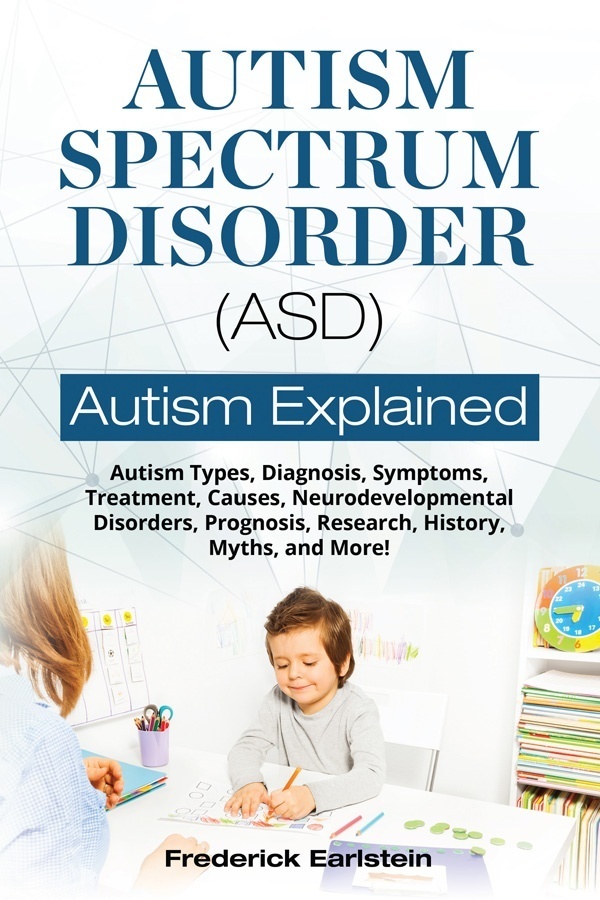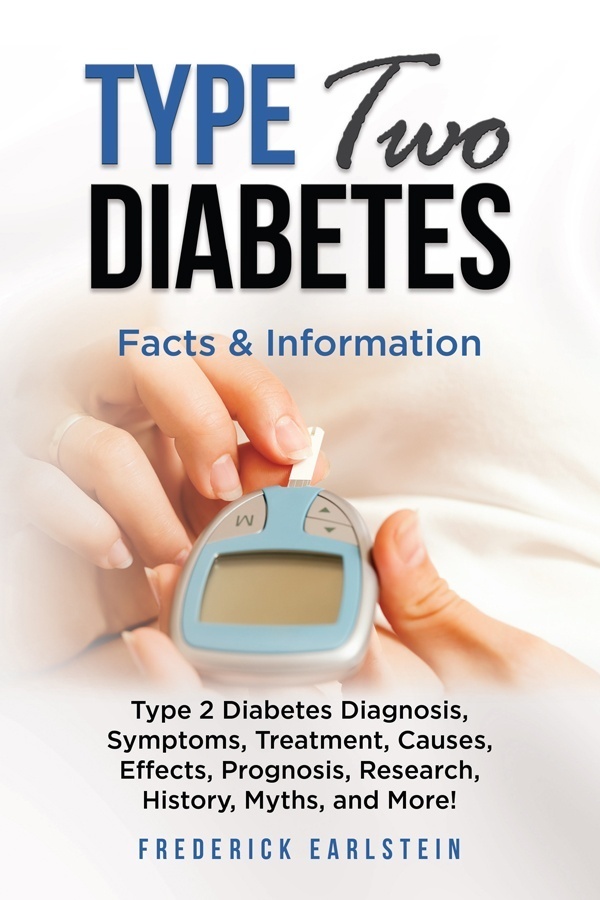Anxiety Disorder
Facts & Information. Anxiety Disorder Types, Diagnosis, Symptoms, Treatment, Causes, Neurocognitive Disorders, Prognosis, Research, History, Myths, and More!
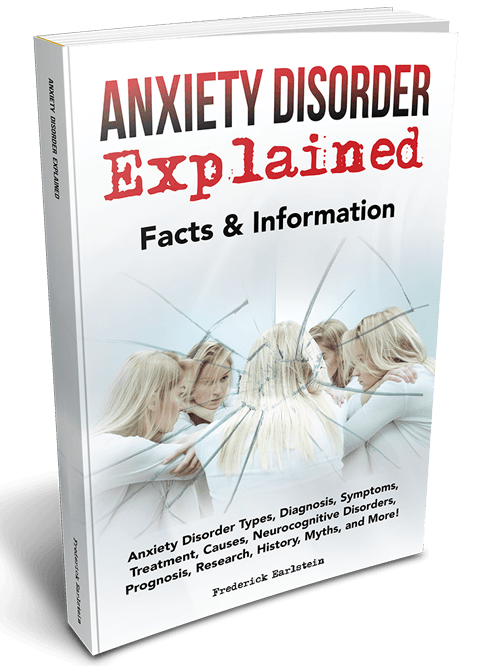
138
8
348+
OVERVIEW
List of chapters included in the book
Chapter 1
What is an Anxiety Disorder
Chapter 2
Causes of Anxiety Disorder
Chapter 3
Symptoms and Diagnosis of Anxiety Disorders
Chapter 4
Types of Anxiety Disorders
Chapter 5
Social Anxiety in Children
Chapter 6
Treatment of Anxiety Disorders
Chapter 7
Complementary and Alternative Treatments for Anxiety Disorders
Chapter 8
The Future of Anxiety Disorders
READ IT IN ALL DEVICES
or in physical paperback


Anxiety Explained: Facts & Information
It is estimated that Anxiety Disorders are some of the most prevalent mental conditions in the world today, and also the most undiagnosed and untreated. While many of us do suffer from anxieties and worries from time to time, how and when do you know that the anxiety, worry and fear that you are feeling have long since ceased to become “normal” anxiety and grown to a full-blown Anxiety Disorder?
Anxiety Disorder Explained by Frederick Earlstein brings together many of the current information, news and research that we have regarding diagnosis, symptoms, treatment methods, types, and causes pertaining to Anxiety Disorders. The aim is to spread information about this disorder so that ultimately, the appropriate treatment will be provided for those individuals who are in need of it. Left undiagnosed and untreated, Anxiety Disorders can severely intrude into a person’s day-to-day activities and limit his or her ability to grow and develop, whether at school, at work, or in social relationships.
ABOUT THE AUTHOR
Retired high school biology teacher Frederick Earlstein lives to research. When his only niece was diagnosed with postural orthostatic tachycardia syndrome (POTS) at age 14, Earlstein felt helpless. His answer was to start researching the condition and sharing everything he learned with his sister and her family. That project not only resulted in a book on the subject, but also to the successful management of the girl’s condition.
Earlstein applied the same approach to his own minor problems with blood pressure, allergies, and degenerative disc disease. “It’s all about critical mass,” he says. “When the notes on my laptop and those piled up on my actual desktop reach a certain level, I start realizing there’s a book in there somewhere.”
Writing about medical issues in plain English has become Earlstein’s second career. After retiring from his career as an educator, he began looking around for something to occupy his time. “You can only clean out the garage so many times,” he said. “I was trained to be an academic and old habits die hard.”
Now Earlstein works daily in his home office on whatever manuscript he has at hand. He describes the work as the perfect combination of intellectual challenge and self-employment. “I decide what to write about and when to write it,” Earlstein says. “Typically I pick a subject because I know someone who is grappling with the problem and with understanding the information they’re being given.”

A firm believer in the power of informed consent, Earlstein is appalled by how difficult the medical community makes it for the average person to really understand a condition and make good treatment choices. “There’s no reason why this material can’t be presented in plain English,” he says. “You just have to make an effort to really understand what you’re talking about.”
Although Earlstein makes no claims of being a doctor himself, he does feel he has a good role as an interpreter. “I don’t write about any condition until I’ve studied the material and have a good handle on the mechanics of the problem or the illness,” he said. “I’m not shy about calling up a doctor or surgeon and asking questions.”
Recently, when his eye doctor told him he was suffering from eye strain, Earlstein immediately began to research the condition. “I knew I had been staring at the computer a lot,” Earlstein said. “I didn’t know that just getting lightly tinted lenses in my glasses could help. I’m still gathering information and yes, there’s a book in the works.”
When asked if he prefers writing over teaching, Earlstein makes it very clear that in his mind, he’s still a teacher. “I’m just using a different method,” he says. “One where I don’t have to listen to the snores if I put anyone to sleep!”
Frederick Earlstein
WHAT READERS SAY
✭✭✭✭✭
An informative read!
I have suffered from anxiety and intrusive thoughts for many years. This book gave me some good information to explore.
– Carson Atkinson
OTHER BOOKS
Bipolar Disorder
Bipolar Disorder Types, Diagnosis, Symptoms, Treatment, Causes, Effects, Prognosis, Research, History, Myths, and More!
Autism Explained
Autism Types, Diagnosis, Symptoms, Treatment, Causes, Neurodevelopmental Disorders, Prognosis, Research, History, Myths, and More!
Type Two Diabetes
Facts & Information. Type 2 Diabetes Diagnosis, Symptoms, Treatment, Causes, Effects, Prognosis, Research, History, Myths, and More!
COMING SOON!
Available Soon
Charcot Marie Tooth Disease
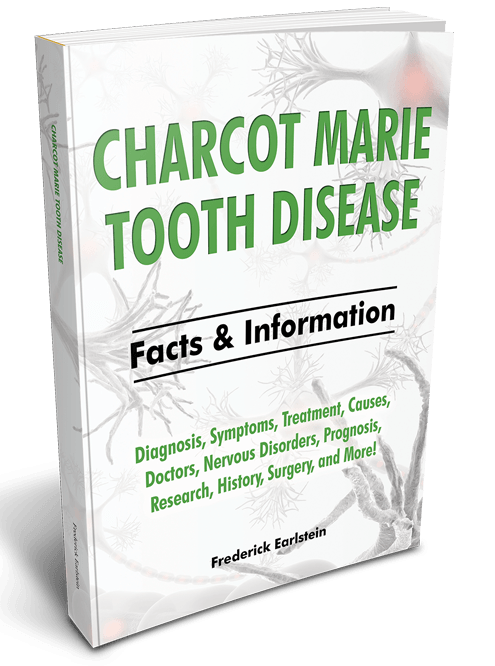
“Anxiety Disorder Explained: Facts & Information”

